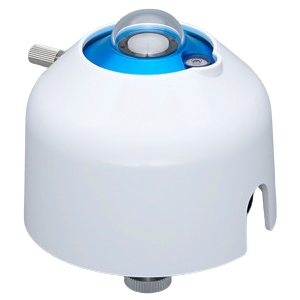Menu
Menu
*Subscribe to our newsletter and enter the giveaway of an MS-80SH.
Scroll down and learn more about our Pyranometer MS-80SH.
Experience solar accuracy at its highest level — and gain expert insight every month.
By subscribing to EKO’s monthly newsletter, you’ll be:
✅ Entered to win the MS-80SH Class A pyranometer — the trusted standard in global PV monitoring
🔧 First to receive tips on installation, calibration, and standards like IEC 61724-1
🚀 Updated on new products, in-depth explainers, and field-tested solutions
🌍 Connected to a global network of professionals who value precision and performance
📬 One email per month. No spam. Always relevant.
📅 Giveaway closes July 15th, 2025
💬 Winner notified by email
🆓 No purchase necessary – open to solar professionals worldwide
*Current subscribers are automatically added in the draft.
ISO 9060:2018 compliant. Industry-leading response time and temperature stability.
Integrated heater ensures accurate data in snow, frost, rain, or humidity.
No moving parts. No re-leveling. Long-term stability with low operating costs.
Low-power smart interface with Modbus and analog outputs — easy to integrate.
Delivers highly stable, low-noise irradiance data with minimal deviation.
EKO Instruments won a pv magazine Award for its state-of-art MS-80SH pyranometer, which impressed jurors with its ability to provide accurate measurements of solar irradiance with little need for maintenance or monitoring of the installed sensors. EKO Instruments Director Kees Hoogendijk accepted the award in Abu Dhabi, and pv magazine caught up with him to discuss solar operations and maintenance (O&M), as well as the company’s sensor solutions.
The MS-80SH is more than a Class A pyranometer — it’s the core of a complete solar measurement system. Combine it with:
Measure direct and diffuse irradiance (DNI & DHI) with high accuracy by aligning the MS-80SH for full solar tracking.
Automate GHI, DHI, and DNI measurements in one integrated station — no need for multiple sensors or manual adjustment.
Monitor cloud cover and sky clarity in real time to validate irradiance fluctuations and ensure data reliability.
Measure ground-reflected light (albedo) and diffuse irradiance for accurate bifacial PV system modeling.





